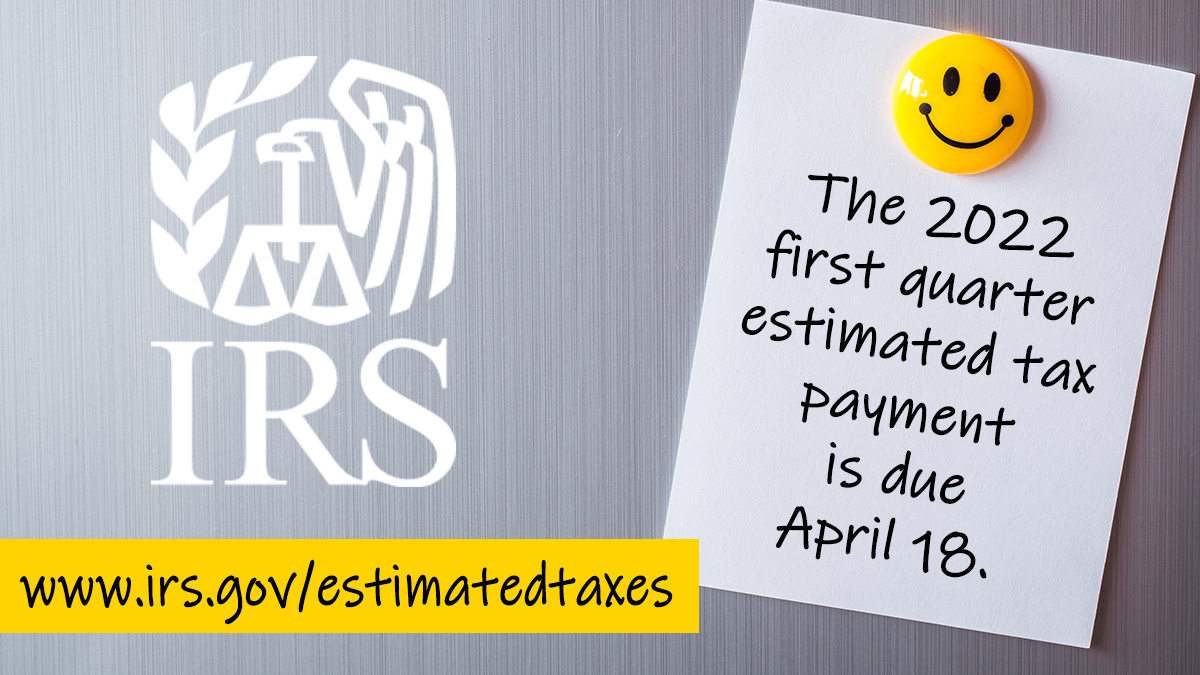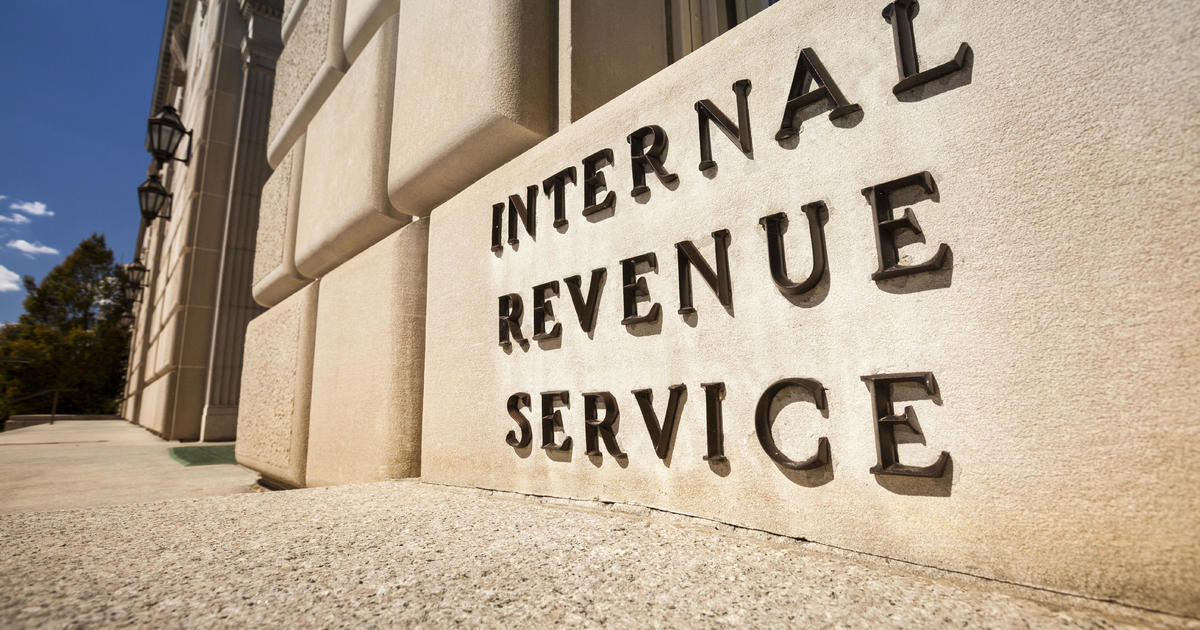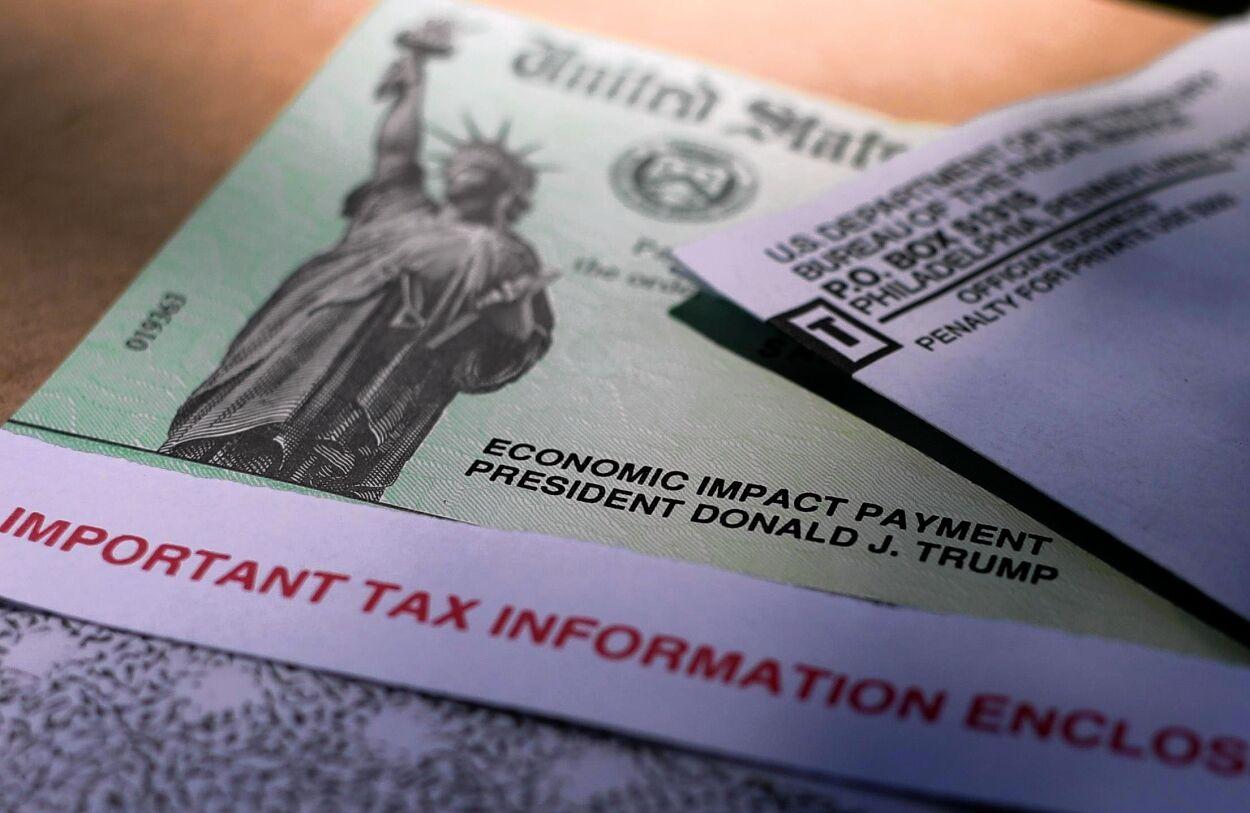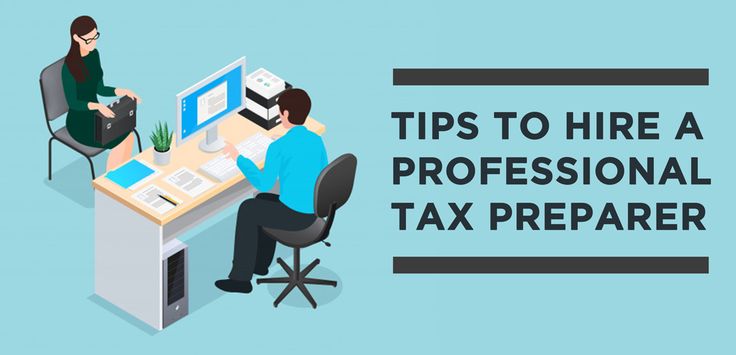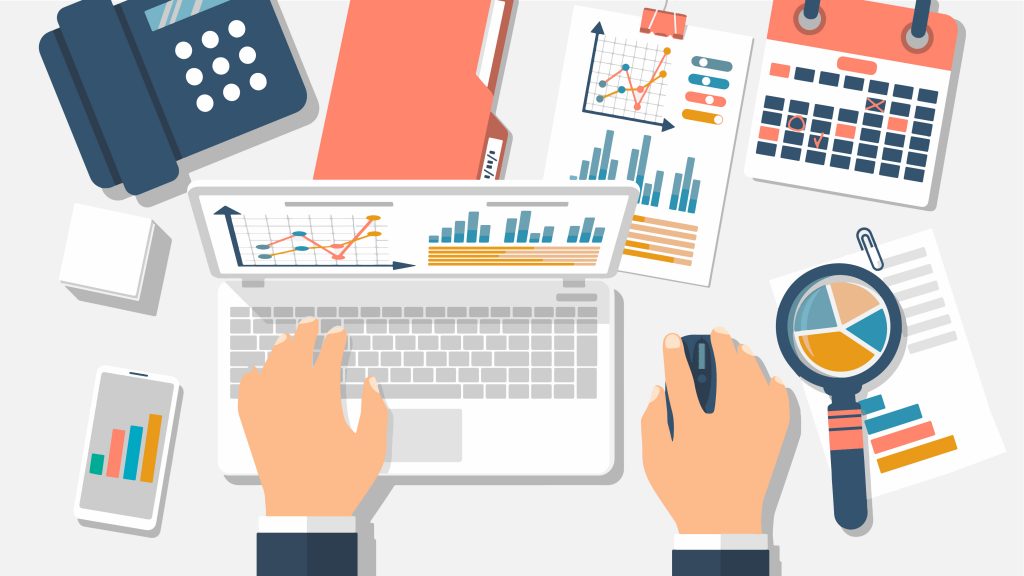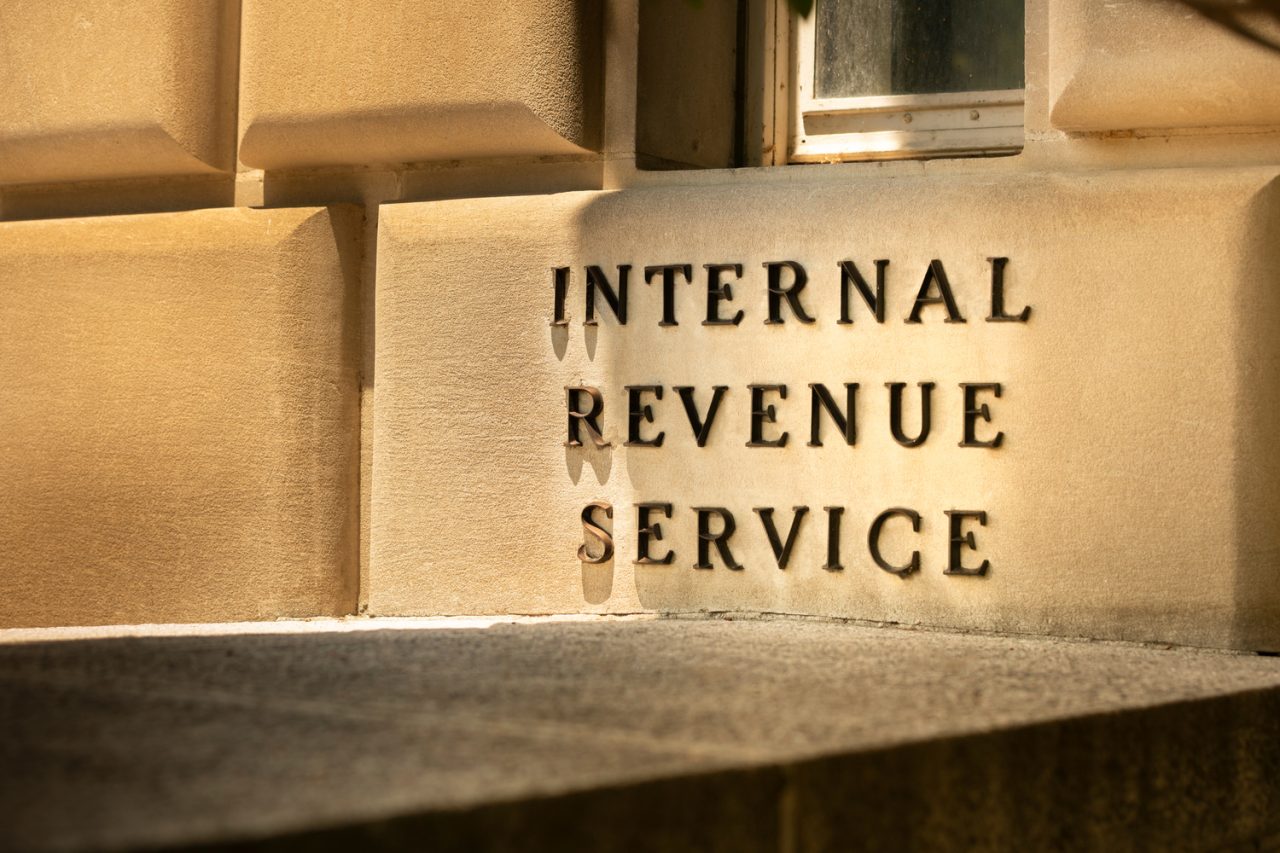IRS is hiring! Jobs are available for people with many different career interests and because we offer plenty of training, no prior tax experience is required.
Get to know the IRS, its people and the issues that affect taxpayers
These are exciting times at the IRS. Like many other federal agencies and companies around the country, the pandemic created challenges for our operations, and we’re working hard to ensure we have the resources we need to provide better service to taxpayers. Now, thanks to support from Congress, we are conducting a major hiring surge unlike any effort in more than 20 years, so the timing may be right for you to consider a career at the IRS.
During the next several months, we’re looking to fill more than 5,000 positions in IRS processing centers in Austin, Texas; Kansas City, Missouri; and Ogden, Utah – part of a larger hiring effort underway. These positions include many entry-level clerk and tax examiner positions in my division. What I’m really excited about, and what’s great news for potential applicants, is that these positions fall under a special hiring condition called direct-hire authority, which enables us to bring on successful applicants within 30-45 days of their job offer. This is much faster than the normal process. In addition to these positions, there are other available jobs throughout our agency for interested applicants to consider.
I’m Ken Corbin, the Commissioner of the Wage and Investment Division (W&I) and the IRS’ Chief Taxpayer Experience Officer, and I began my career at the IRS in a position similar to the entry level ones available today. Coincidentally, so did the Deputy Commissioner of the W&I division, David Alito.
I’d like to give you a Closer Look at my IRS career journey – from my first job to my current role as a senior executive in the biggest division in the IRS – to show how entry-level positions at the IRS can lead to great careers and leadership opportunities for people from all walks of life. This is a great time to consider a career at the IRS, and our experiences show that someone starting in an entry-level position can someday become an executive and even lead some of our agency’s most visible projects and biggest divisions.
I have over 30 years of service at the IRS, having started my IRS career when I was still in high school in the mid-1980s. Having held various jobs within the IRS, I can say that these entry-level positions provide gratifying work and terrific opportunities for those just entering the job market and considering a federal career. Since no prior tax experience is required, and plenty of training is available, starting with one of these positions can be the beginning of a fulfilling career at the IRS, just like it did for me.
The IRS is a great place to work for people with a commitment to public service and a strong work ethic who want to contribute to a greater good. And while you might be thinking that you need an accounting or business background or degree to work at the IRS, there are jobs here for people with many different career interests. In fact, my college degrees were in philosophy and chemistry, not something people usually associate with tax administration.
The IRS has positions for people pursuing careers not only in business, accounting and tax, but also customer service, criminal investigation, information technology, business administration, customer service, law, communications and so much more. And because we have so many lines of business and career opportunities, it’s a great place to start for someone unsure of what their career path is going to be. In our division and throughout the IRS, we’re always looking for people interested in innovation, tackling real-world challenges, and using skills acquired in high school, college or the private sector to help the IRS excel.
Climbing the Career Ladder
As I mentioned earlier, I started at the IRS while I was in high school, beginning as a GS-01 file clerk at the Atlanta campus – the lowest entry-level federal position possible at the agency. I worked weekends and part-time and continued working at the IRS through high school graduation and all throughout college. The jobs I had gave me the flexibility to work at night and on different kinds of shifts.
Over the years, I’ve been a clerk, a tax examiner, a customer service representative and analyst. I found training and work opportunities to grow my skills and get promotions. I participated in various professional development programs and applied for and advanced to front-line, mid-level and senior manager positions at the IRS, from customer service to enforcement. All the positions I’ve held over the years have given me insight into both the taxpayer and employee experiences and the opportunity to find ways to do things better. They also helped me reach the pinnacle of my career in the IRS as a member of the Senior Executive Service and become the current Commissioner of the Wage & Investment Division – one of the top positions at the IRS. I’m proof that no matter where you start in an organization, it’s possible to work your way up to the top.
And then in 2019, Congress passed the Taxpayer First Act that offered our agency a great opportunity to take a fresh look at the taxpayer experience, our employee training and how we’re structured at the IRS in order to better serve taxpayers and our nation. IRS Commissioner Chuck Rettig thought we needed to have a Taxpayer Experience Officer to lead that effort, so in January 2021, he asked me to take on that role as well, and I was honored and excited to be able to do that. Once again, my experience going back to when I was a GS-01 and working through each grade gave me insights into how we can better appreciate all the levels of contribution within the IRS in that effort. I think it’s a key part of what makes the IRS the best tax agency in the world.
How You Can Start a Career at the IRS
The IRS makes it easy to find an opportunity that suits various needs and talents. We’re looking to recruit and hire employees for a variety of positions, from entry-level to those in specialized fields and even management. In addition to the positions available now in this hiring surge, you might be surprised to learn about some of the interesting jobs in our agency that support innovation, combat crime and terrorism, help taxpayers, and ensure equality and fairness. The IRS offers competitive pay and benefits, on-the-job training, and opportunities for advancement. In many cases, individuals who join the IRS in entry level positions identify and pursue opportunities in other offices as they grow in their IRS career, staying with our agency for 20, 30, or even 40 years. For those willing to work hard, the sky is really the limit here.
Are you ready to get started? To learn about current job opportunities, the best thing to do is visit our IRS Careers page web page to learn about available jobs. You will need to visit usajobs.gov and setup an account to apply for jobs there. USA Jobs has helpful information to guide you through creating a resume and applying for positions.
Beyond the information available on our website, the IRS also hosts numerous virtual and in-person hiring events each month. At the in person direct hiring events for clerks and examiners in Austin, Kansas City and Ogden, human resources professionals will meet with applicants and review their resumes, and if they’re the right fit, they could get a job offer right on the spot – something that’s very unusual in federal government.
There are also IRS career information sessions and job fairs to provide insights about the variety of positions in our agency. In addition to events for certain lines of business, there are specific sessions for bilingual individuals, veterans, persons with disabilities, IT professionals, and Historically Black College and University graduates. There are even sessions to help applicants prepare for the application process, which could be really helpful to people new to federal employment. To stay up to date on events and open positions, bookmark our IRS Career Events page.
Looking back on my career in the IRS and the experiences I’ve had along the way, I’m certain that the IRS provides an excellent opportunity for meaningful work that contributes to a clear and vital mission. Our mission, as well as our focus on work/life balance, commitment to diversity and opportunities to grow and excel are some of the reasons that many applicants begin their careers at the IRS and a large number of employees stay here until they retire. I hope you’ll consider joining us as you start your career or decide to make a change.
Ken Corbin
IRS Wage and Investment Commissioner and Chief Taxpayer Experience Officer
Source: IRS – 2022

